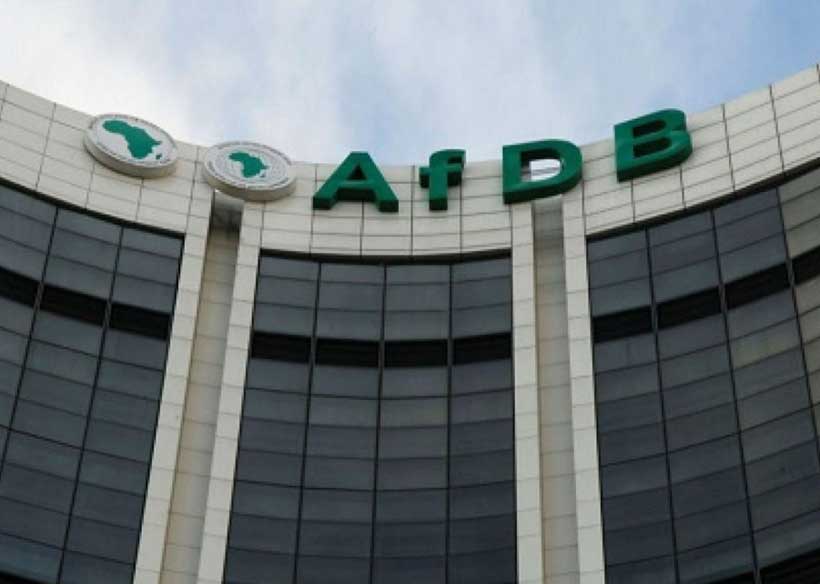AfDB projects Zim inflation below 7pc
THE African Development Bank (AfDB) has projected Zimbabwe’s inflation to close the year around 7 percent, anchored by exchange rate stability, following the introduction of the more stable domestic currency in April.
Zimbabwe had experienced sustained exchange rate volatility until it introduced the new currency, Zimbabwe Gold (ZiG), on April 5 this year.
ZiG is supported by a basket of minerals, mostly gold, and foreign currency reserves.
Central bank governor, Dr John Mushayavanhu, said last week the apex bank had put in place a liquidity management committee made up of the central bank and Treasury officials to keep an eye on liquidity dynamics as part of further interventions to shield the currency.
The apex bank also established the monetary policy implementation, monitoring and evaluation committee (MPIMECO) that keeps track of the key indicators to promptly identify emerging risks and ensure timely response by the RBZ.
Amid foreacast low inflation, AfDB said Zimbabwe was on track to achieve a significant economic milestone by end of this year, according to the AfDB’s latest country report.
This is despite the country grappling with severe drought conditions exacerbated by the El Niño weather phenomenon, which destroyed most rainfed crops in the region, decimating agricultural output.
The projected low inflation rate reflects the progress Zimbabwe has made towards restoring economic stability, following the introduction of the ZiG currency, which stabilised the exchange rate.
Exchange rate stability is a key factor in Zimbabwe, where prices are indexed to the US dollar and track movements in the exchange rate.
In its latest report, AfDB noted, “Annual inflation is expected to ease to about 7 percent by the end of 2024 on account of exchange rate stability following the introduction of the ZiG.”
Such progress is particularly commendable given the challenging macroeconomic environment, where food shortages could easily drive prices higher and upend the prevailing stability.
While the inflation outlook looks promising, Zimbabwe’s economic growth is still expected to encounter some hurdles in 2024.
The AfDB report forecasts a 2 percent gross domestic growth, a significant decline from the 5,3 percent registered in 2023, primarily due to the below-average agricultural output.
The drought’s impact on agriculture, which remains a cornerstone of Zimbabwe’s economy, accounting for up to 16 percent of GDP, is expected to weigh on other sectors, particularly manufacturing.
“The poor performance of agriculture is also expected to have a negative knock-on effect on the manufacturing sector,” AfDB highlighted.
However, growth prospects positive, with the mining and services sectors are projected to be the main drivers of economic growth in 2024.
Zimbabwe’s rich mineral resource base, particularly gold and platinum group metals, is anticipated to play a critical role in sustaining the economy, according to the continental lender.
However, AfDB’s report cautions that subdued international mineral prices pose a risk to the country’s current account balance, which is forecast to narrow to 0,7 percent of GDP in 2024.
On the fiscal front, the Government has made strides in narrowing the fiscal deficit, which is projected to decrease to -1,5 percent of GDP in 2024.
This improvement is due to enhanced revenue mobilisation and stringent budgetary controls, including rationalisation of public spending and a freeze on non-essential recruitment.
However, the report underscores the challenges ahead, noting that “the food shortage will exert significant pressure on Government spending and the fiscal deficit target for 2024 could be difficult to attain.”
The bank said this given that an estimated 7,5 million people require food assistance.
According to the bank, the focus moving forward will be on sustaining these gains amidst external pressures and ensuring that growth is inclusive and resilient.
-herald











